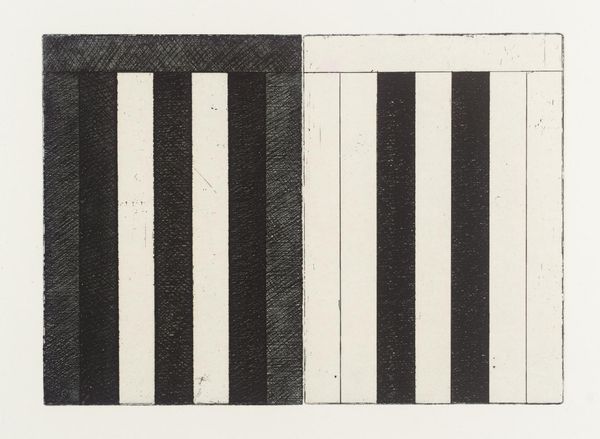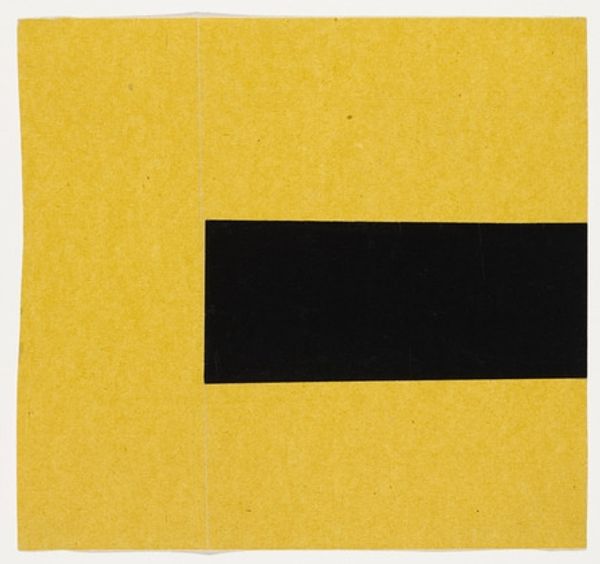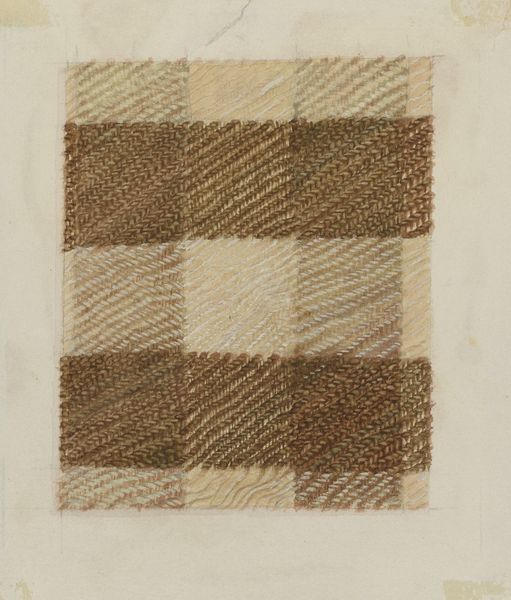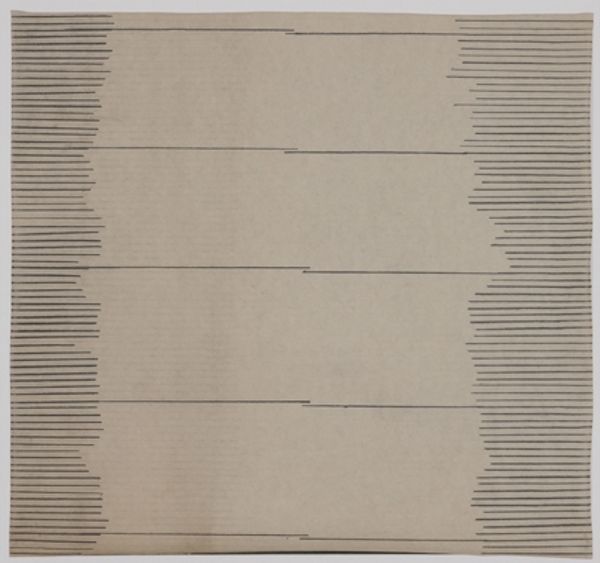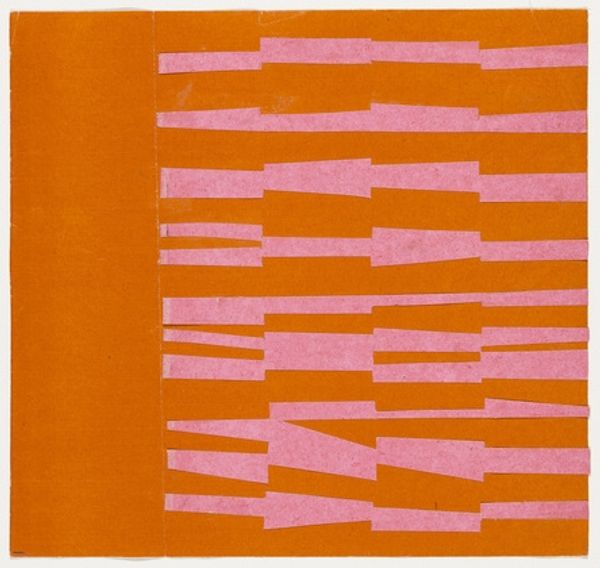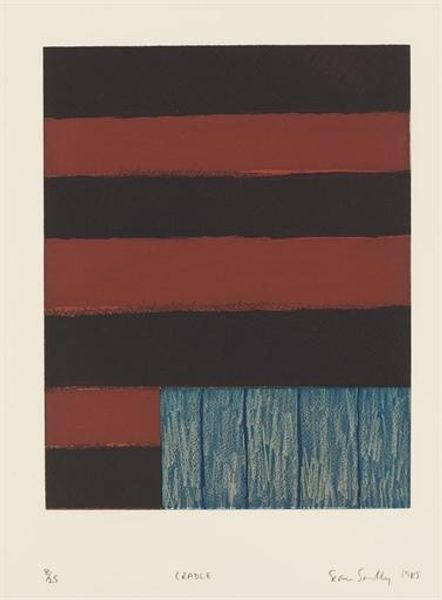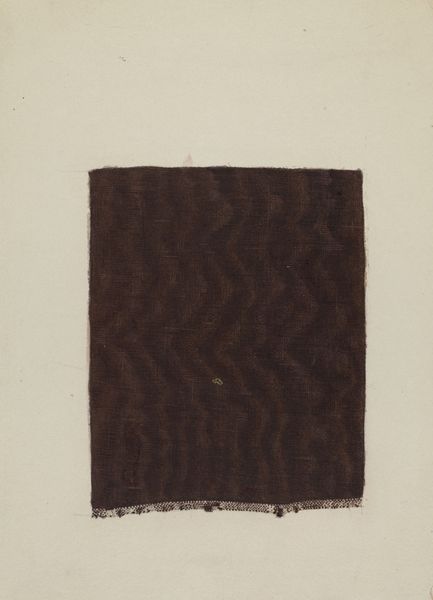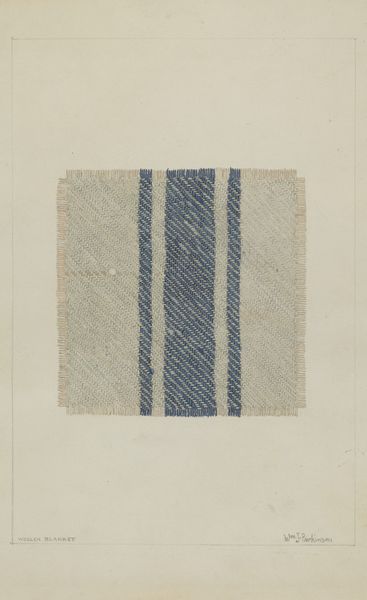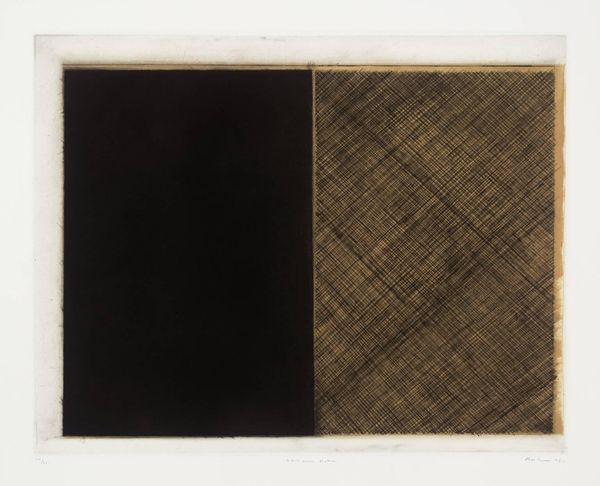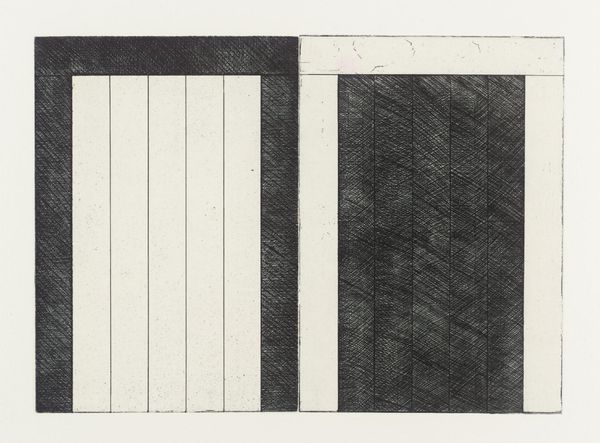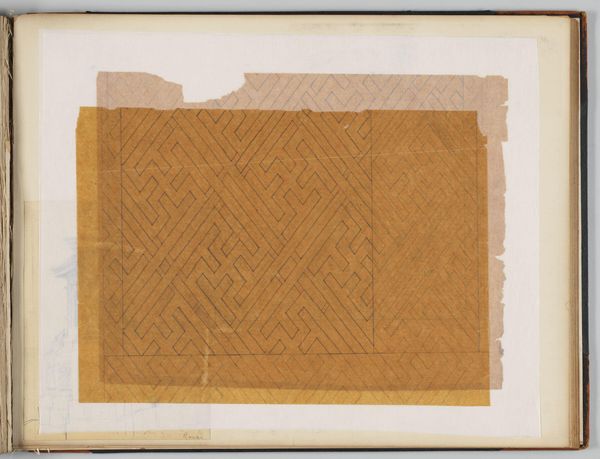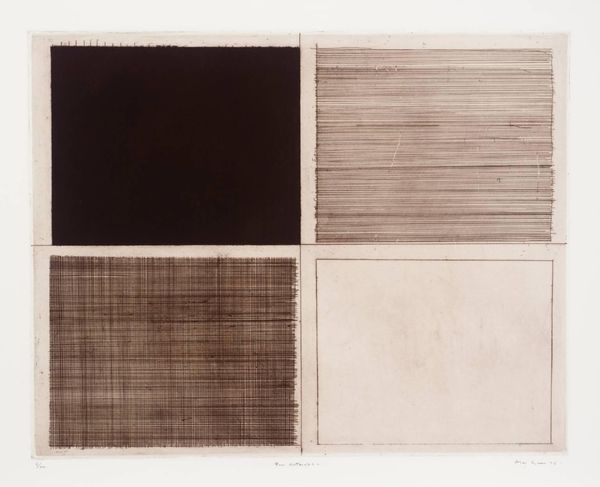
paper
#
minimalism
#
pop art
#
paper
#
geometric
#
geometric-abstraction
#
abstraction
#
line
#
hard-edge-painting
Copyright: (c) Ellsworth Kelly, all rights reserved
Editor: We are looking at Ellsworth Kelly’s "Black, Brown, White" from 1951, done on paper. I’m struck by how deceptively simple it is. Just horizontal bands of color. What strikes you when you see it? Curator: Well, considering Kelly's later prominence in Minimalism and Hard-edge painting, it’s easy to see this as a precursor, stripped down to basic forms and colors. But let’s consider 1951: postwar America, a burgeoning art market, and anxieties about representation. How does this work engage, or perhaps, disengage, with the socio-political landscape of its time? Editor: Disengage, definitely! It's so abstract. I can’t really link this piece to social issues directly. Is that the point? Curator: Perhaps. Its very abstraction becomes a statement. Think about it: in a period of heightened Cold War tensions and McCarthyism, figuration in art was often tied to political ideologies. An artist choosing pure abstraction is implicitly rejecting those modes of propaganda and control. Where does the meaning reside if not in obvious subject matter? Editor: So the political context pushed the art world toward abstraction as a form of…resistance, almost? That’s interesting. I hadn’t thought of it that way. It feels radical for the time! Curator: Exactly. It challenges the expectation that art should reflect or reinforce dominant cultural narratives. But it does that very quietly. A revolution in color and line! It would be interesting to explore how institutions like MoMA then embraced or perhaps co-opted, this form of resistance in the later decades. Editor: Definitely some food for thought. I see this painting in a totally different light now. Thanks! Curator: Likewise, it’s valuable to consider how seemingly simple forms carry historical weight.
Comments
No comments
Be the first to comment and join the conversation on the ultimate creative platform.
